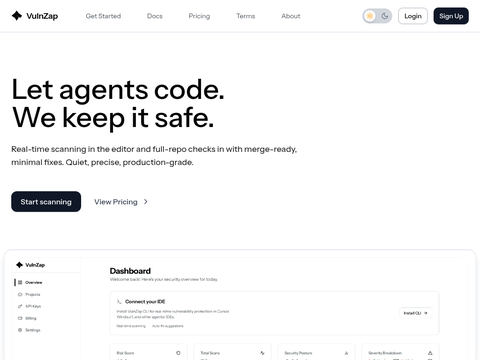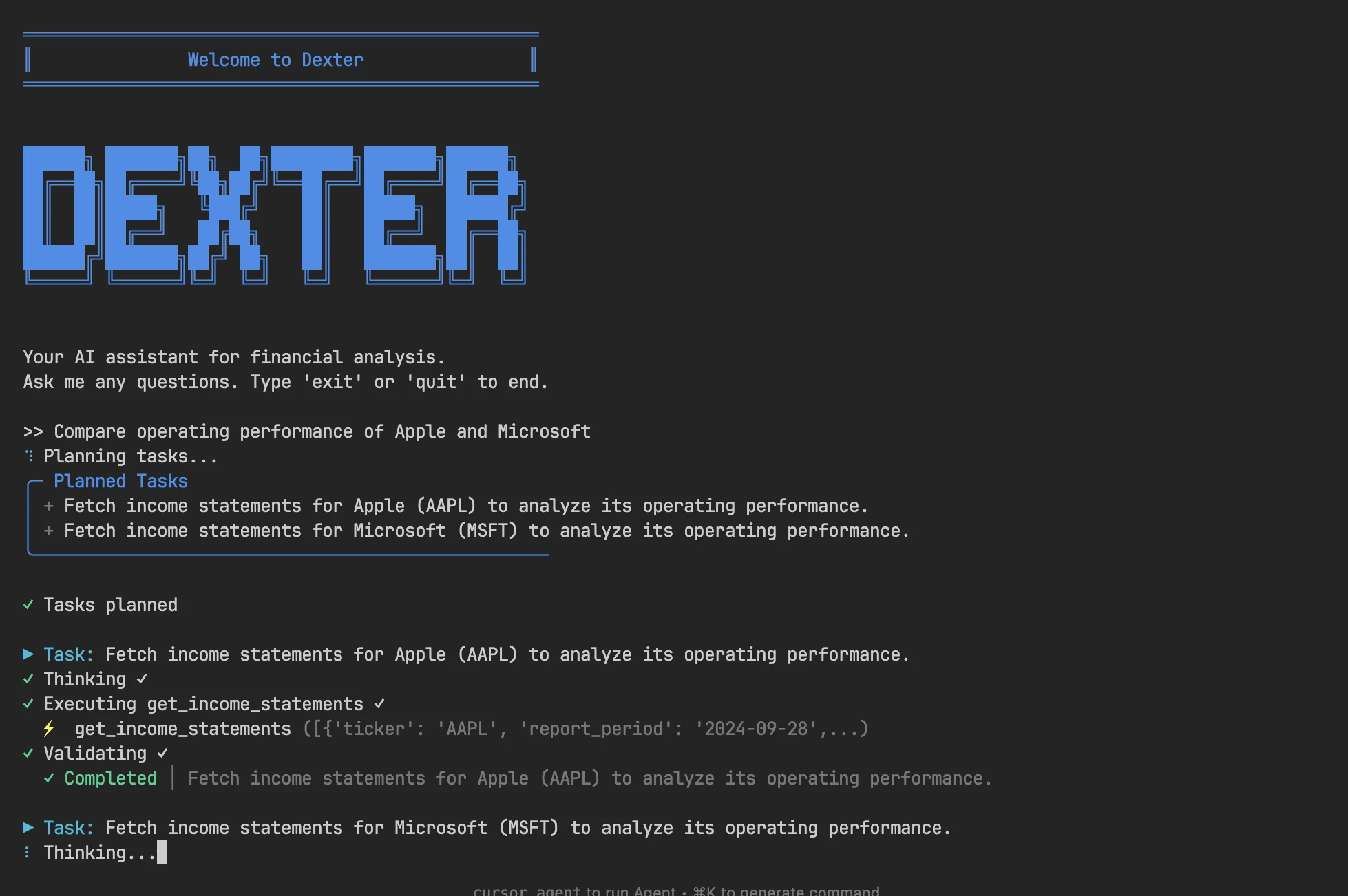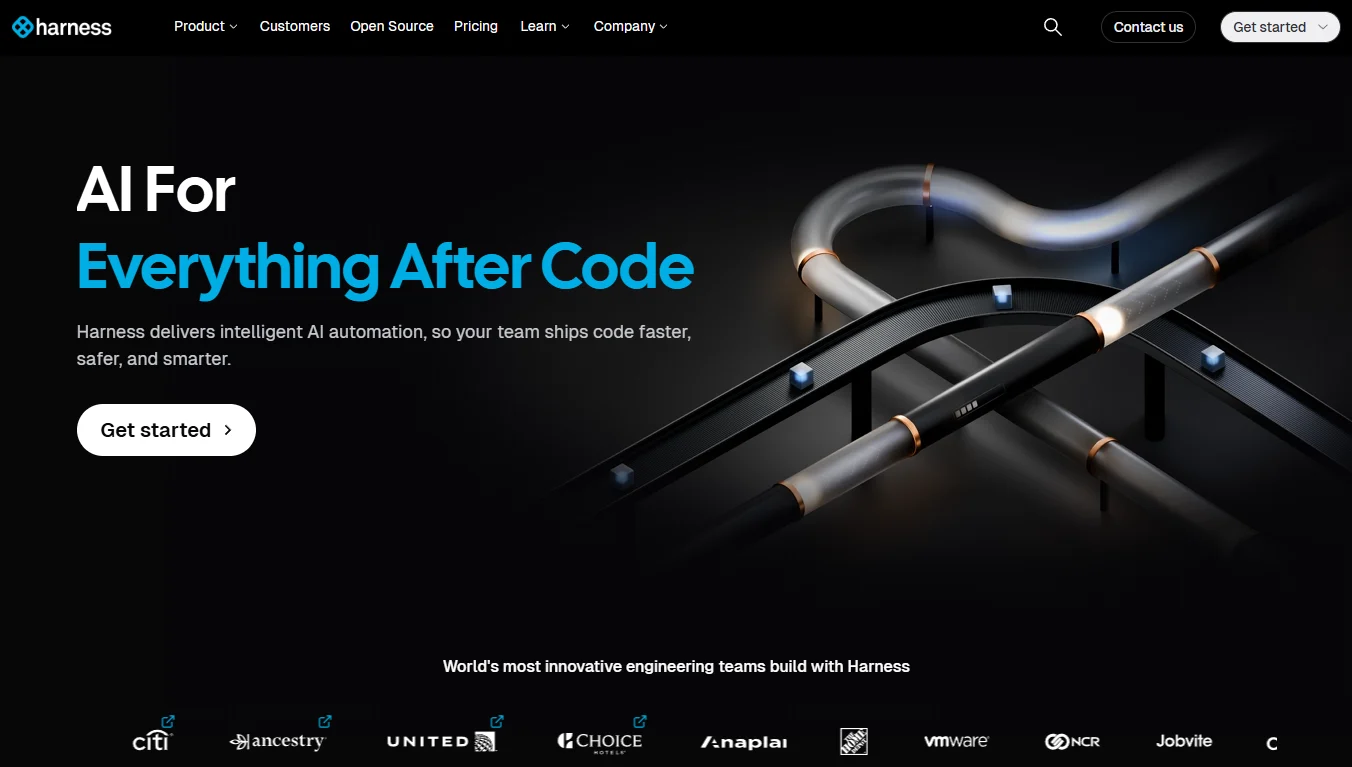Leveraging Ultra-Scale Networks and Faster Inference Services to Enhance AI Capabilities
Nvidia Unveils AI Infrastructure Innovations to Enable Cross-Facility Scaling
Nvidia announced today a suite of AI software and networking innovations designed to enhance AI infrastructure deployment and model execution efficiency. The chipmaker's latest offering includes the Spectrum-XGS "megascale" solution, which extends the capabilities of its Spectrum-X Ethernet switching platform tailored for AI workloads.
The Spectrum-XGS technology creates seamless interconnectivity across multiple data centers by enabling orchestrated communication between AI clusters. As Nvidia's Director of Accelerated Computing Dave Salvator explained, this innovation introduces the concept of "cross-scale" expansion - a new approach that allows data centers to function as a unified GPU resource through interconnected facilities. Traditional scaling methods include "scale-up" (vertical expansion within single machines) and "scale-out" (horizontal expansion within data centers), but physical limitations often constrain these approaches.
Salvator highlighted the system's ability to minimize network jitter and latency, critical factors in AI operations where timing precision directly impacts bandwidth efficiency between distributed GPU resources. When combined with the company's NVLink Fusion technology introduced in May - enabling cloud providers to manage millions of GPUs simultaneously - these innovations form two complementary scaling layers: intra-facility and cross-facility infrastructure.
In parallel AI research initiatives, Nvidia developed Dynamo, an advanced inference service framework optimized for model deployment. The company's latest breakthrough involves decoupling service architectures that distribute prefilling (context construction) and decoding (token generation) processes across different GPU resources. This is particularly valuable during the "agent AI" era where modern models require significantly more tokens per inference compared to previous generations.
"We've achieved a fourfold increase in tokens per second with models like GPT OSS," Salvator stated, citing 2.5x performance improvements with DeepSeek models. The company's speculative decoding technique further enhances processing speeds by using smaller draft models to predict potential output tokens, achieving approximately 35% performance gains through parallel validation processes.
This innovative approach maintains sub-200 millisecond latency by selectively accepting validated tokens, creating a "fast and interactive" response mechanism. Through these advancements, Nvidia is establishing new benchmarks for AI infrastructure scalability while maintaining strict quality control across distributed computing environments.
TheCUBE Community Insights: SiliconANGLE's Exclusive Access
Through our partnership with the theCUBE community, we continue our mission to deliver open, accessible technology content. Join our alumni trust network to connect with over 11,400 technology leaders shaping the future. With 15 million+ video views and a unique AI-driven media platform, theCUBE Network offers unprecedented insights across AI, cloud computing, and cybersecurity domains. Our proprietary theCUBE AI video cloud leverages neural networks to empower technology companies with data-driven decision making while maintaining leadership in industry conversations.








